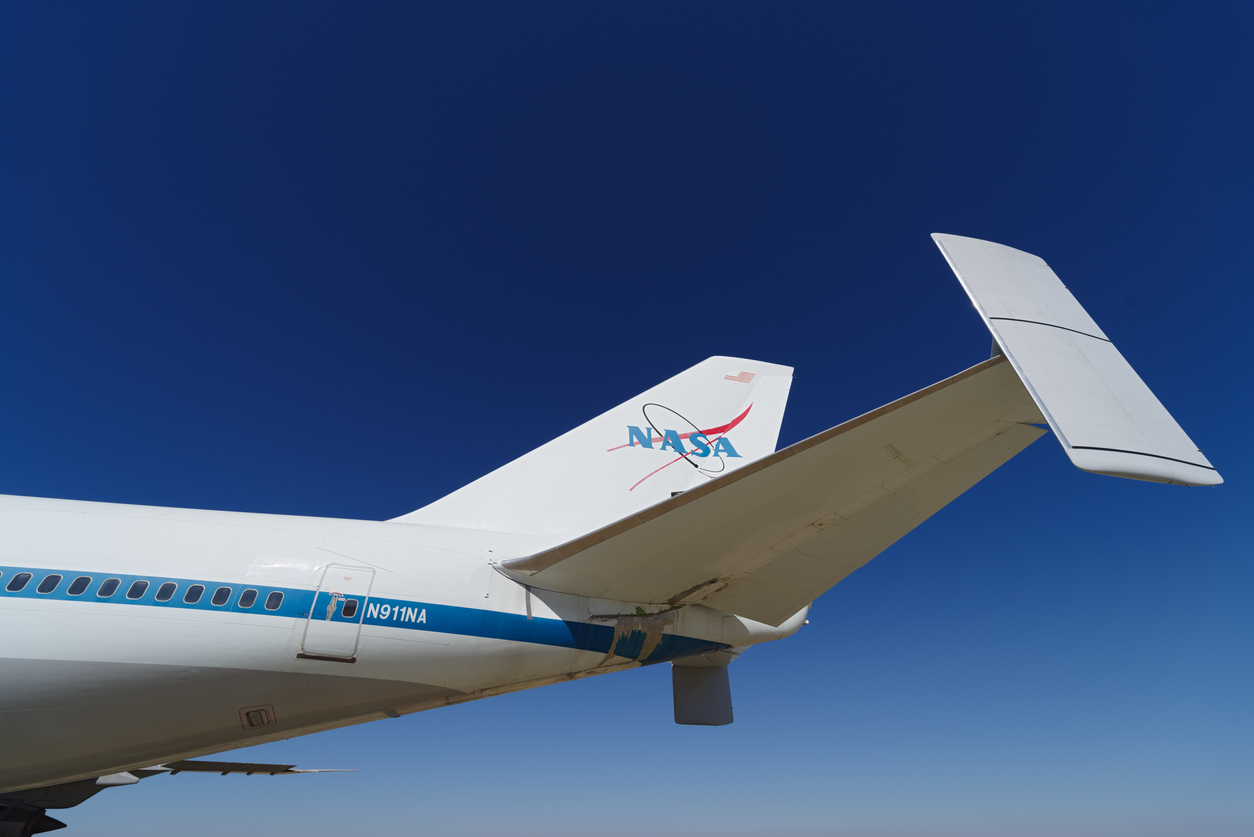NASA’s X-59 supersonic jet, nicknamed the “Son of Concorde” came one step closer to flight last week as it underwent wind-tunnel tests.
This new generation is called QueSST or Quiet Supersonic Technology aircraft, designed to reduce sonic booms which forced the original Concorde of the 1960s to slow down over land.
The X-59 is being produced by Lockheed Martin at its Skunk Works in Palmdale, California, after the aerospace company received a $247.5 million contract from NASA to develop the supersonic aircraft. The design team expect the aircraft will be capable of reaching a cruise speed of 925 mph or Mach 1.4.
According to NASA, the aircraft is designed with a 30-foot long nose that will help reduce the sonic boom when the aircraft reaches Mach 1.
“The X-59’s unique shape controls the way the air moves away from the plane, ultimately preventing a sonic boom from disturbing communities on the ground,” says NASA in a blog post.
“The most recognisable part of the airplane – the wing – was “the most complicated section and first section of the X-59 that was fabricated by Lockheed Martin.”
“The X-59 – the visual centerpiece of the mission - definitely brings in the cool factor, but the data part of NASA’s mission - the nerdy part – is what will revolutionize speedy commercial air travel over land.”
While the X-59 will only have space for one pilot and no passengers, further down the line, NASA plans to develop the aircraft’s “quiet” supersonic technology for commercial flights.











